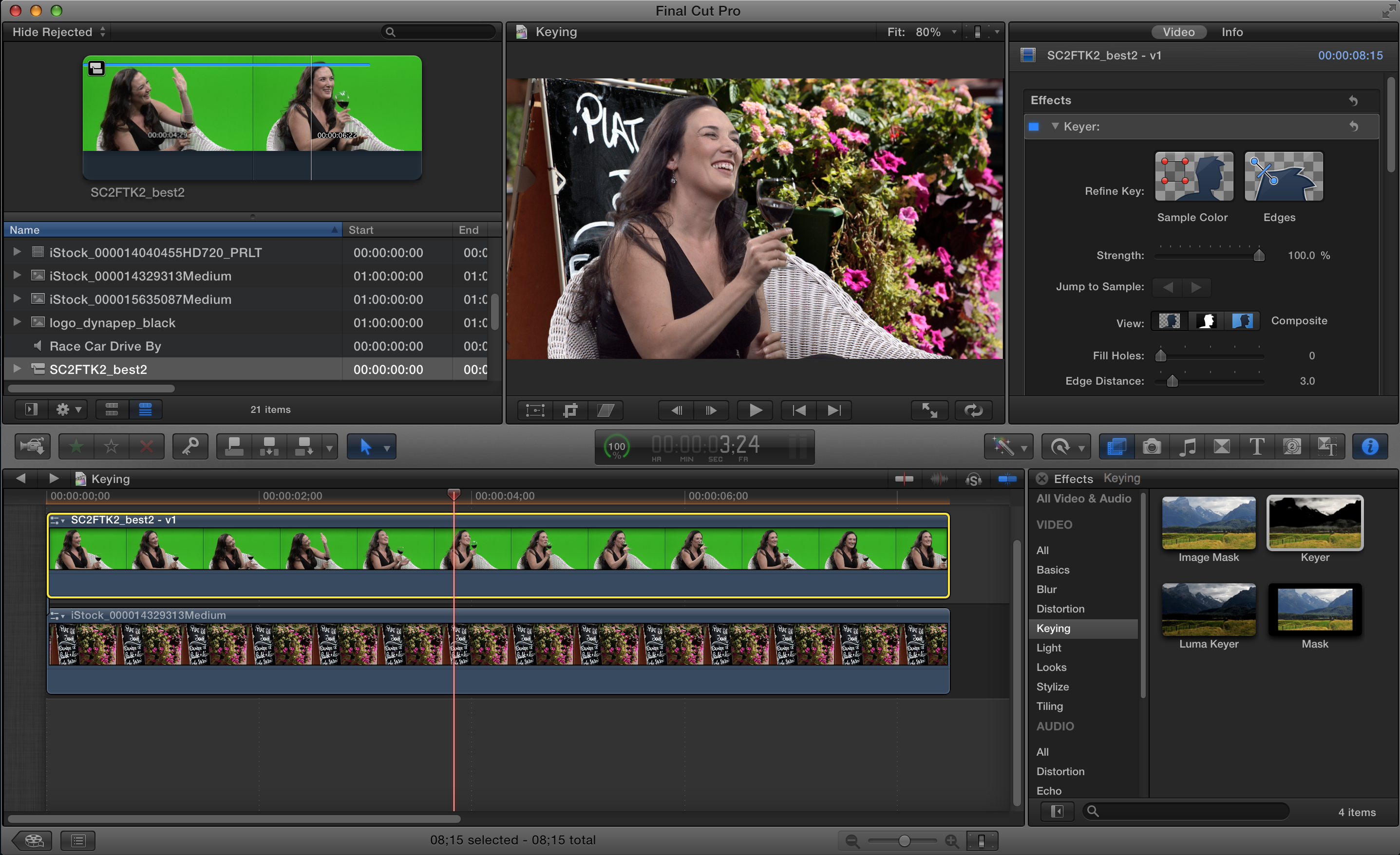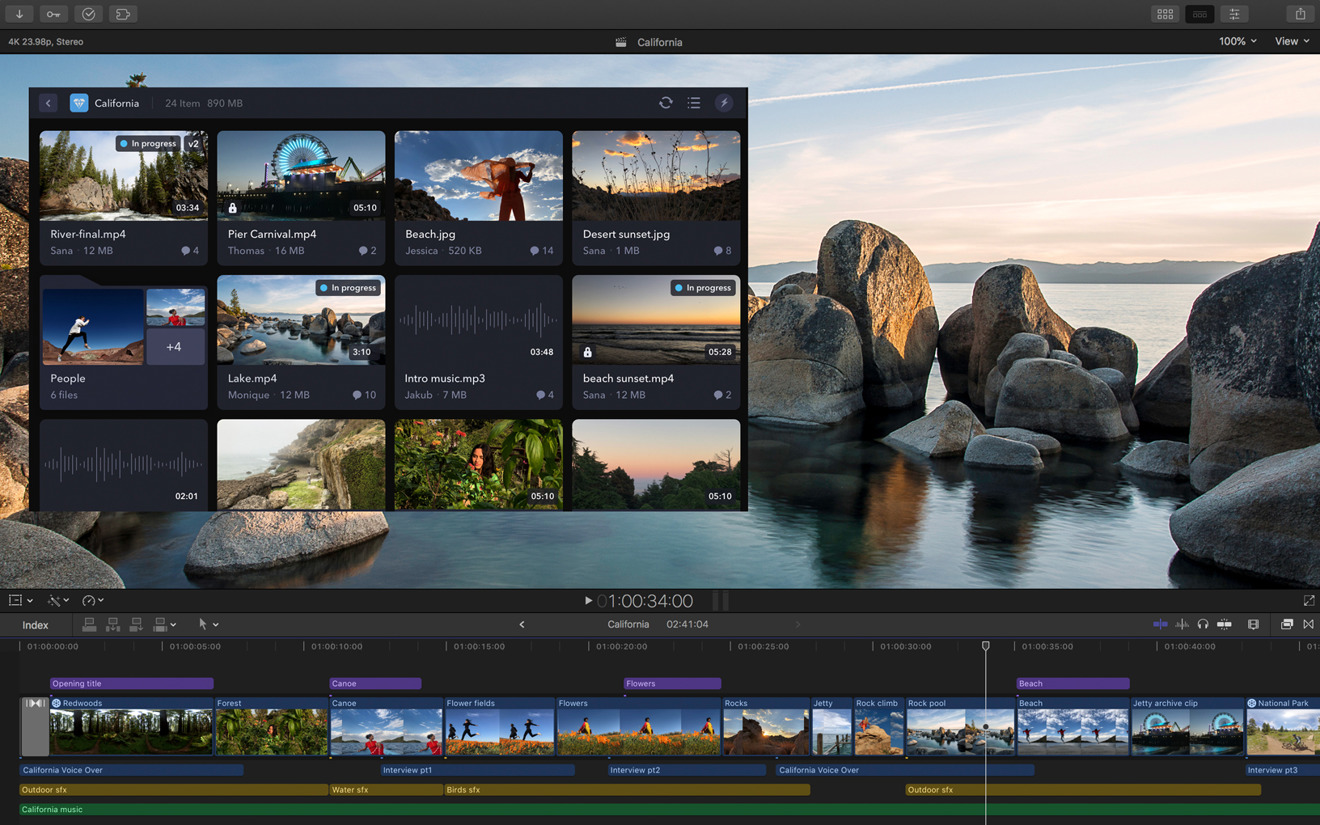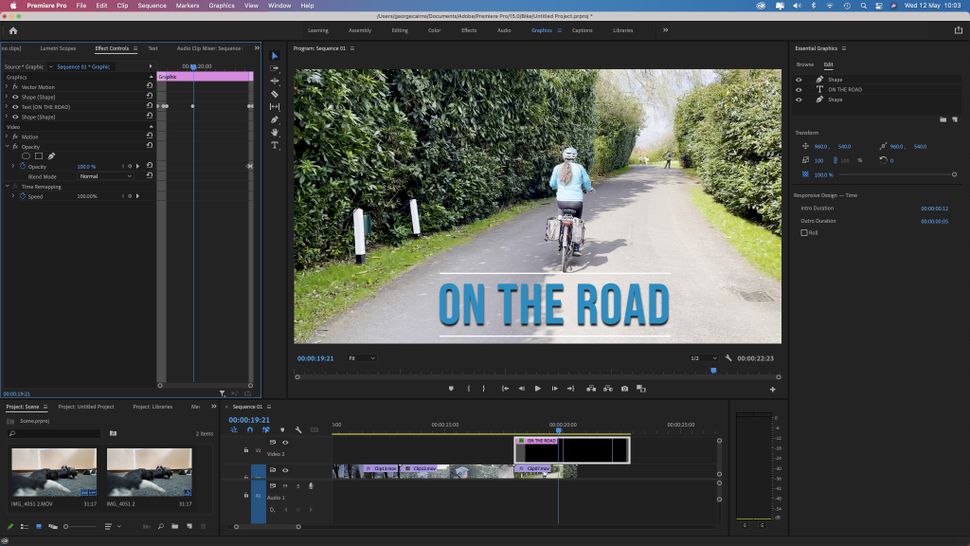

Maybe at some point TechSmith will decide to compete in that space. Who knows where TechSmith is planning on taking Camtasia. They can now allow you to reverse playback! Woo Hoo! Just this morning I got an email notification from a small company selling a different low priced video editing product that is touting a fabulous new capability. Hence, many of the features one would normally expect are absent.įor example, the ability to reverse playback of a video. But it was never created expressly for that purpose from the onset. It's since evolved a lot with the ability to use WebCam and recordings from other video sources as it has evolved. Camtasia was created to record videos from your computer screen. If they are doing that, then the jabbing and ridicule is totally deserved.īut I don't personally believe that's the case. The slight curves are caused by FCP X automatically enabling Ease In / Ease Out (acceleration / deceleration) at each keyframe.The comment may be hilarious if TechSmith were out there sincerely and actively attempting to compete with FCP, Avid, Premiere Pro, or others. NOTE: Remember, never touch the white circle above the object. The box turns blue and the “motion path” for that object is displayed in the Viewer. Once you have at least two keyframes set, click the gray box to the right of Transform. I often mess with scale and rotation in these moves, however, in this tutorial, I am focusing exclusively on movement. NOTE: You can also change as many other parameters as you want. including keyframe animation, smooth slow-motion effects, chroma key. Change the Transform > Position settings so that the element moves to its ending position. upload & share easier with frame by frame track editor, cloud drive and cross.Next, move the playhead to that part of the clip where you want the animation to end.A single keyframe can contain multiple parameter settings for example, position, scale and rotation.
FINAL CUT PRO KEY FRAME BY FRAME HOW TO
We always work with keyframes in pairs – a starting keyframe and an ending keyframe. This tutorial shows how how to do a Frame rate conversion including interlaced and progressive input and output settings. They are simply locations in a clip where a setting changes. So let's try it I'm going to move the playhead to the very beginning of the project. Interpolation is when it calculates the values in between the values that I set for the key frames, and that'll create the animation. This sets a “keyframe” for the starting position. So now what happens is Final Cut Pro will do something called 'interpolation'.

FINAL CUT PRO KEY FRAME BY FRAME GENERATOR
I’m using a Generator because they are trickier to scale and position than any other clip.įCP X has a series of Generators > Elements that you can add to a project such as a circle, square, arrow, heart and so on. NOTE: This technique works for any video clip or Photoshop still image.

Final Cut Pro X allows you to animate elements by changing their position on screen during playback. But, what if you want to move an element within the frame AND make it travel on a curve? This tutorial shows you how.


 0 kommentar(er)
0 kommentar(er)
